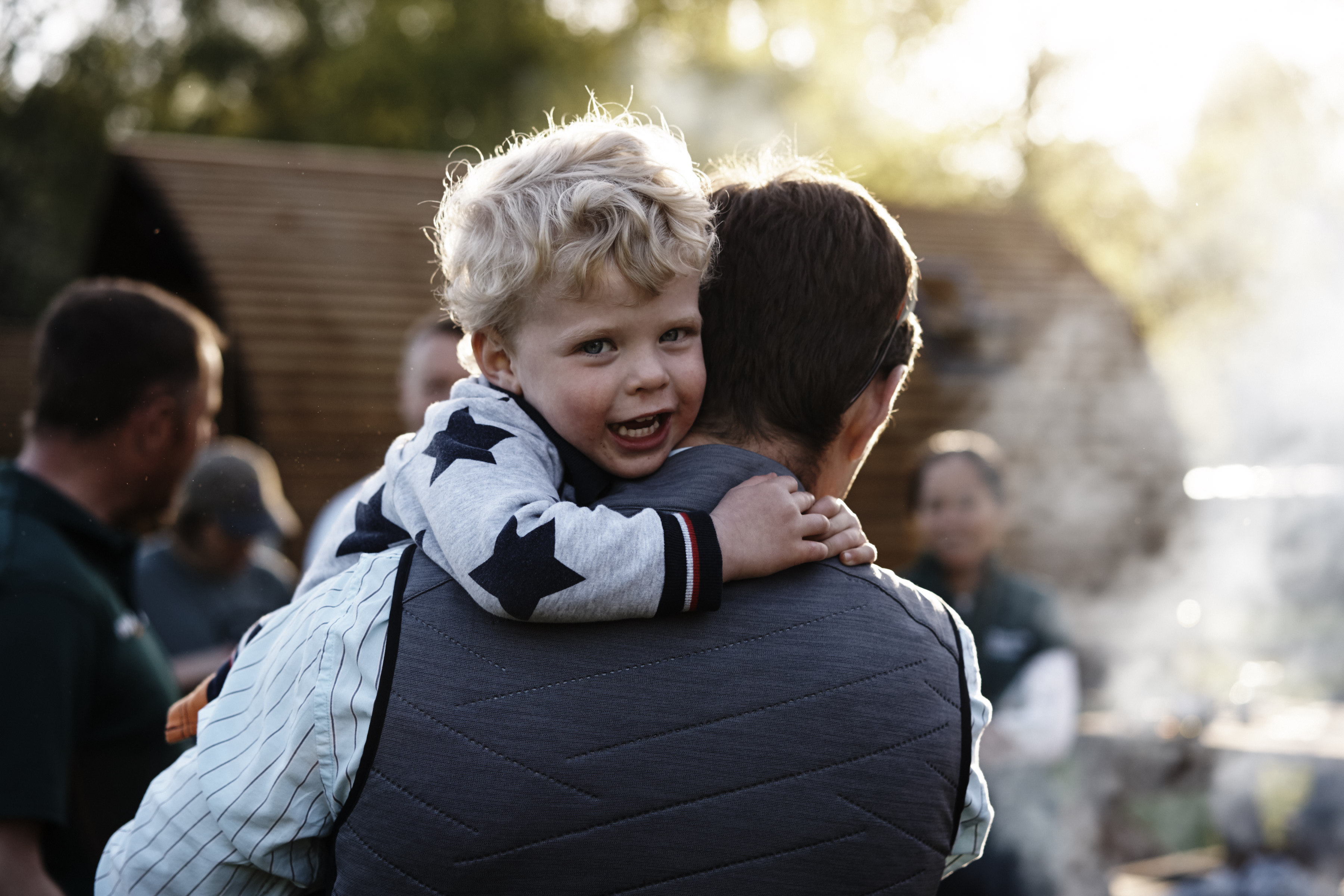
Glamping & Camping Tips for Families with Autistic Kids
Camping and its close cousin, glamping, offer families a chance to reconnect with each other and the nature that surrounds them, helping everyone relax without the burden of your typical daily chores and schedules.
That being said, people with autism often struggle when they’re taken out of their daily routine, making planning holidays a little more tricky for families with autistic kids. However, when it’s done right, camping with autism can be a freeing experience both for kids and their parents. It’s a budget-friendly option, and holidays out in nature often lack many of the troublesome distractions that come with city breaks and many other types of holidays.
Since today kicks off World Autism Awareness Week, we thought we’d dedicate this week’s blog post to sharing some practical tips for organising holidays with autistic kids. Read on to discover how to organise an accessible holiday tailor-made to your family and your unique needs.
Choosing your camping style
Staying in a tent is a great but not your only option for camping accommodation. A tent is good in the sense that they can be set up almost everywhere, which can be a huge plus if you need a very quiet spot for camping.
That being said, a tent requires an initial investment and they’re not always completely weatherproof. Additionally, you might be nervous that your autistic child can get out easily and wander off in the middle of the night when there’s only a zipper in their way.
A camping pod offers more of the home comforts your child expects at home, including a proper bed and even a private shower and toilet, and being well-insulated, they’re better than tents at keeping sounds and the weather outside. The doors of Wigwam® cabins are also lockable for greater peace of mind.
How to find your perfect campsite
There’s a number of questions to keep in mind when hunting for your campsite. If someone in your family is sensitive to light and heat, try to find a more wooded campsite. Try looking at any pictures or videos available online to gauge how close together tent pitches or cabins are on a campsite you’re considering. With more space around camping parties, it’s easier to cater to your child’s unique sensory needs, whether they’re sensitive to sights, scents, sounds or something else.
You might want to avoid busy campsites near popular attractions and opt instead for a smaller site with lots of peace and quiet. Talk to the campsite owners to ask any questions you can’t find answers to online and to gauge their awareness of the needs of people with autism spectrum disorders in general. Hopefully, they’ll be able to recommend a specific spot on their site that would be most suitable to your child’s sensory needs.
Finally, to help fill the days, it might also be a good idea to choose a site with fun activities like a playpark and a swimming pond, but you might want to stay at a spot out of view of these if you’re worried your child might wander off on their own otherwise.
Tips for planning your trip
Since autistic kids often struggle with changes to their routine, help them mentally prepare for the trip by looking at pictures of your chosen campsite together. You could also plan a schedule together, taking into account their usual nap and mealtimes as well as any other necessary routines, choosing suitable restaurants and holiday activities to fill the rest of the time with.
Plan simple activities that minimise the risk of sensory overload. Nature walks, biking, swimming and trips to the playground are all excellent options. If eating out can be a challenge for your family, call the restaurant ahead of time to ask about lighting, any allergies and enquire if you can book a table in a quieter corner of the restaurant. You and your child can have a look through the menu beforehand to help them plan what they might like to eat.
If you’re worried about your child getting lost, it might be a good idea to put together a “lost kit” for them just in case. Take a picture of what they’re wearing every day so you have the best possible picture to show around the campsite. Save local emergency numbers and the contact details of the site owners on your phone ahead of time as well. A bracelet or a tag on your child’s clothes or shoes with their condition and your name and number can also be a huge help in case of an emergency.
Using the buddy system can also be a real life-saver, whether that’s making sure your kids only go anywhere if they’re together and don’t venture very far or travelling with another family. With the latter option, it can be easier for you to relax and take some time to yourself as you can split “parenting” duties pretty equally with the other adults. This makes mealtimes easier and means that if half the kids want to go to the beach and the other half wants to play football, you can do both!

Comfy, accessible camping breaks with Wigwam® Holidays
Here at Wigwam® Holidays, we believe in making camping comfy and accessible to everyone. With more than 80 sites available nationwide across farms, coastline and in forests, our aim is that you can find a campsite suitable to your family’s unique needs. Many of our sites are dog-friendly so that the family pooch can join in on the fun, and we have a number of sites offering wheelchair-accessible cabins specially designed for those with additional mobility needs.
To start planning your best-ever family holiday, click the link below to browse all our locations, using the drop-down menus to filter sites based on your needs. Happy camping!


